UML does not give a diagram for a task. It has diagrams that can be used for abstract representation of many tasks. Domain modelling is one of them.
The diagram to show how people work with domain model is a use case diagram. You have actors - people - stick men, systems and subsystems (IT systems and organizations) - blocks, use cases - actions - ovals. The more formal behavioral diagrams - State machine and Activity diagrams. But think of them later.
If you want to set a structural model, no one diagram is better than a class one. But it is too formal and if you don't know how to use it, it is difficult to get accustomed to. Start from the next one:
The more common structural model - components diagram. There you show components, their dependencies, their info exchange, what component is an item of the another, container component, what component is a parent (more common case) of another one. Surely, it will cover all your need now. What is better for you, because of its not full formality, it can show not only structure, but behavioral elements, too. Later, if you will want more abstractness, formality and exactness, try the class diagram.
What you have seen at the link mentioned is not an effective class diagram. It is such only formally. The blood of class diagram are associations, and there are only two of them. It is an example of use of class diagram for showing a hierarchy. But you can show hierarchy on ANY UML diagram. Why to use the most complex one?
If you are up to the task of class diagram modelling, look here as it can be done:
My model for User Guide structure:

